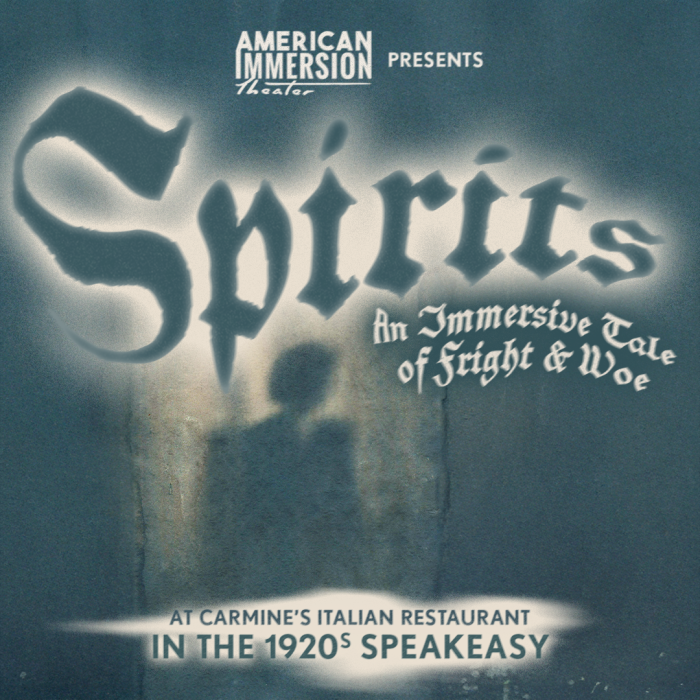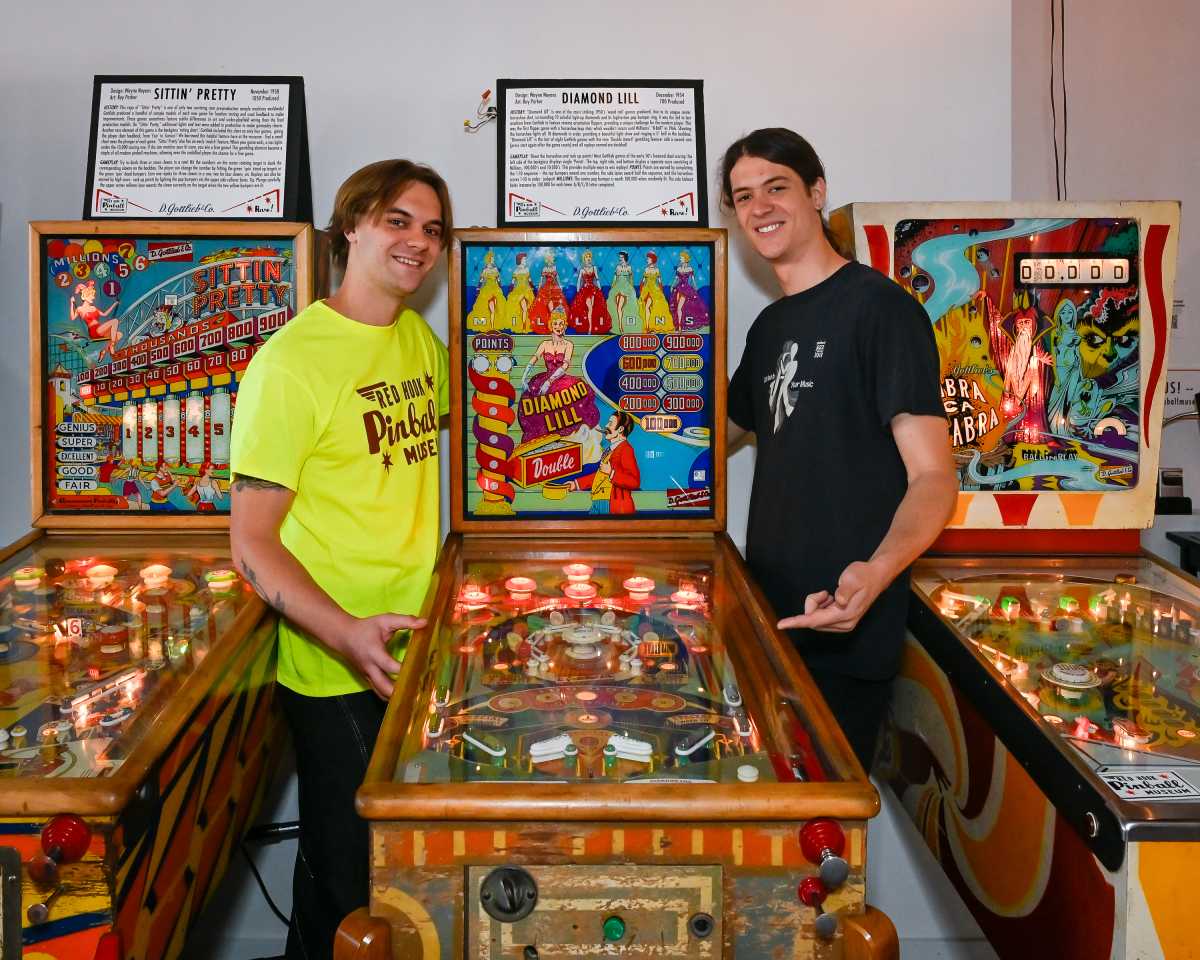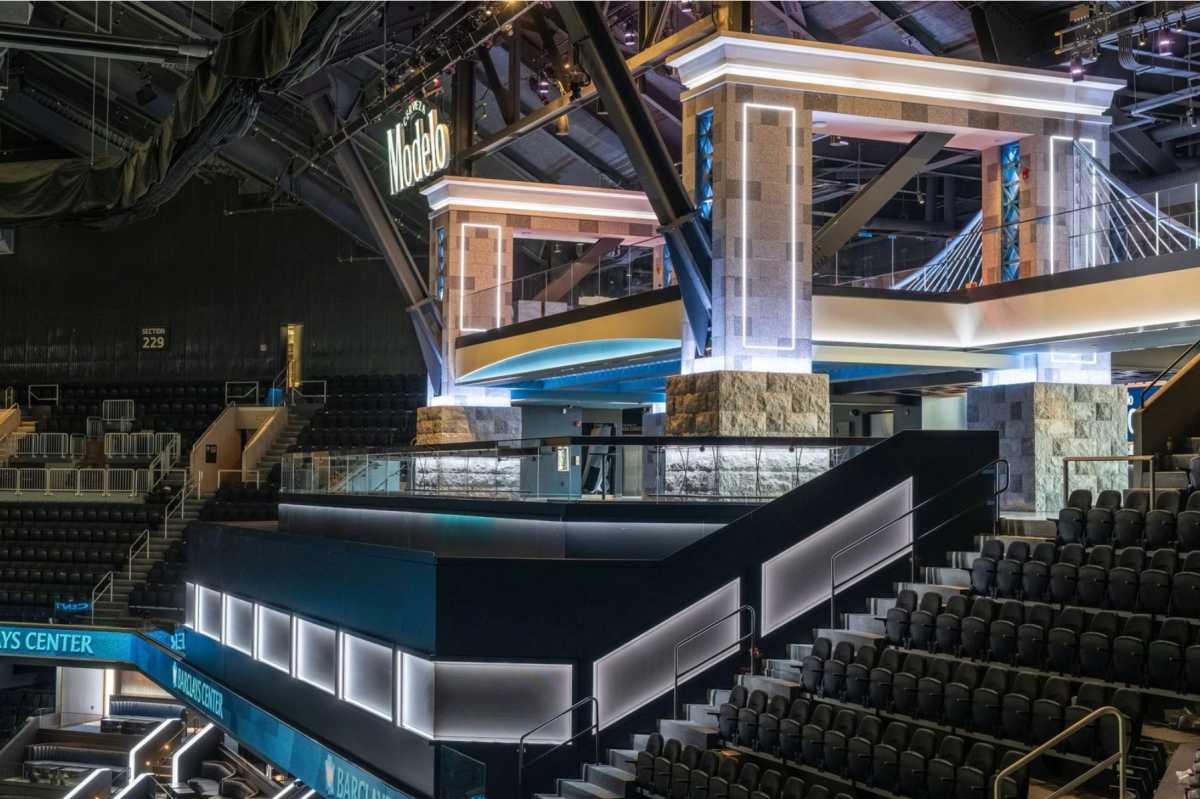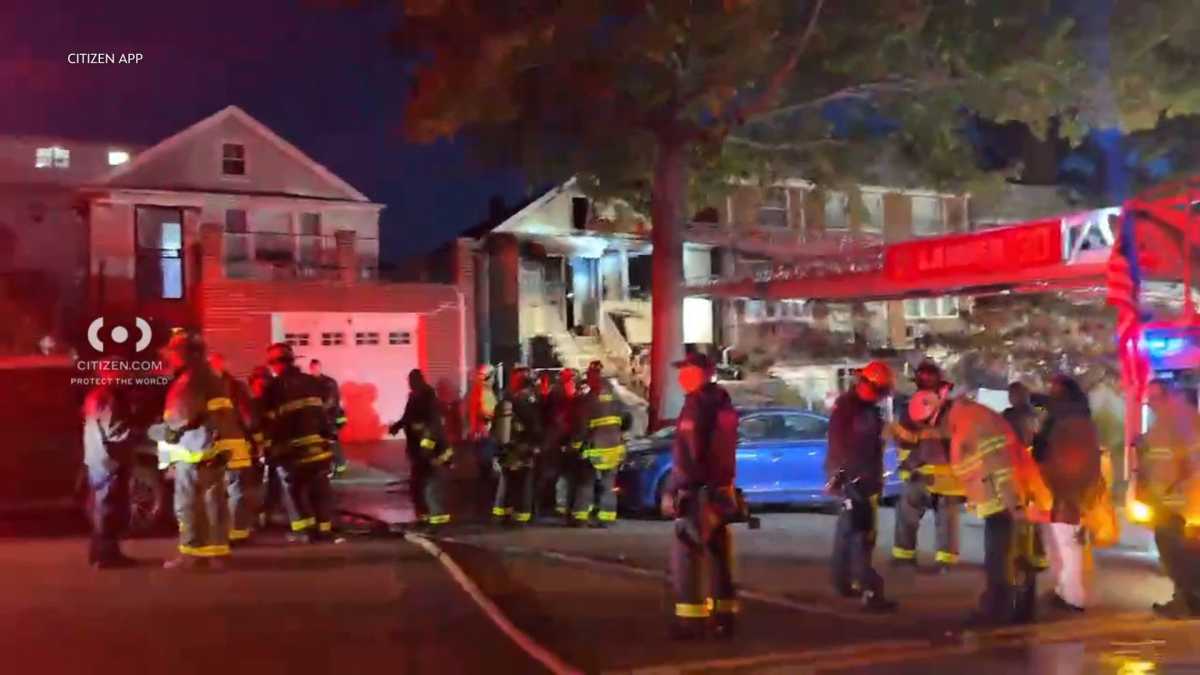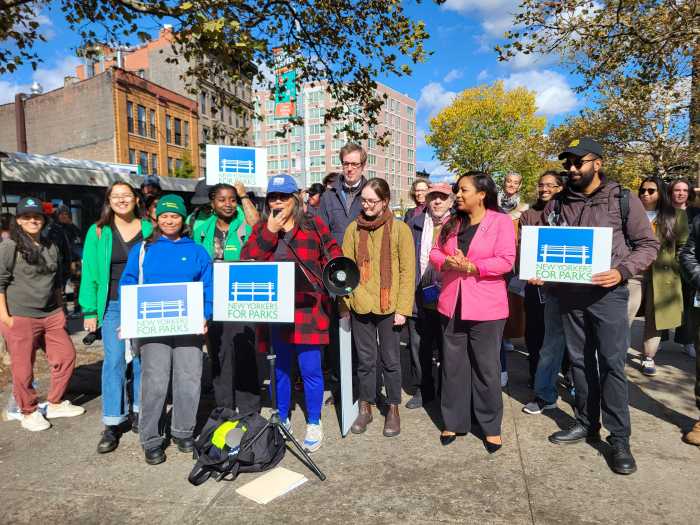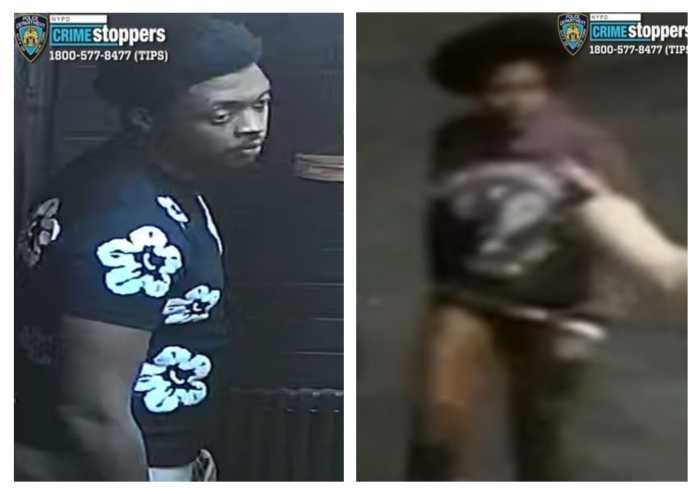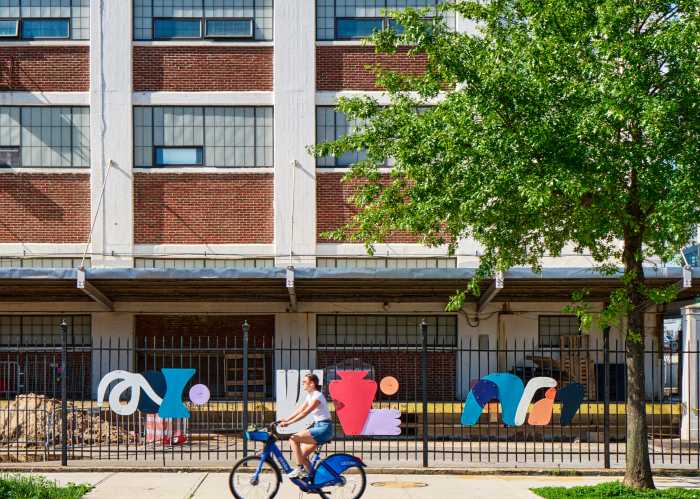By Andrew Berman
Anyone walking around New York over the last several years has surely noticed the proliferation of billboards and sidewalk sheds. The latter are those ungainly metal-and-wooden structures you have to walk under surrounding buildings or construction sites. Few people I’ve spoken to are happy with either trend. Sidewalk sheds at best are gloomy and obtrusive, shadowing sidewalks and blocking the flow of pedestrian traffic, often for years at a time. At worst, they can shelter garbage and criminals, can be dark and dangerous, and can strangle businesses underneath or adjacent to them. Billboards, while perhaps less material in their impact, can turn a quiet residential street into a mini-Times Square and, some would argue, sap the soul of our neighborhoods.
In spite of the obvious drawbacks of these trends, a new bill before the City Council, sponsored by a majority of its members, would have the likely effect of dramatically increasing the number of billboards and sidewalk sheds we see in our neighborhoods. Intro. 623 would for the first time ever allow the placement of billboards on the sides of sidewalk sheds in certain areas, in return for a licensing fee to the city. Given the depth of support the bill has in the Council, and the rapidity with which a hearing on it was scheduled in late January, Intro. 623 could become law in New York City soon if something dramatic does not change fairly quickly.
If enacted, the bill’s impact could be profound, in ways both obvious and not so obvious. It’s quite clear that one result would be a lot more billboards on our streets. The bill as currently written would allow billboards on sidewalk sheds in areas of the city zoned commercial or manufacturing, except in or directly adjacent to designated landmarks or landmark districts.
From that description, one might think that this would exempt any residential area or area where it would be inappropriate to have billboards. But the reality is entirely different. Large swaths of Manhattan are zoned commercial or manufacturing and are not in landmarked districts, including parts of Greenwich Village, Noho, the East Village, Union Square, Chelsea, the Meatpacking District, Hudson Square, the Lower East Side, Little Italy, Chinatown and Tribeca. In all these areas, billboards could and undoubtedly would begin to appear all over sidewalk sheds whenever they went up.
This impact is obvious, and almost inarguable. What may be less obvious, however, is how much more ubiquitous Intro. 623 would make the presence of sidewalk sheds and how much longer they would be likely to remain up.
The revenue from billboards is enormous; so much so that property owners and billboard operators frequently erect billboards where they know full well they are illegal, and if fined for their violations, simply pay them as a minor “price of doing business.” Once sidewalk sheds become the frames for billboards, there will be a tremendous incentive to keep these sheds up as long as possible, so they can continue to support billboards and generate gobs of income.
As it is, sidewalk sheds sometimes stay up for seemingly unending durations of time, often for financially driven reasons. Sheds sometimes go up when repair work is needed on the exterior of a building; rather than perform the expensive work, sheds are used to block debris from falling on passersby while the repairs go undone. Sometimes work on a project is stalled due to money problems, and rather than closing up the site, a shed is kept up simply to prevent accidents from happening.
In the current economic climate, situations like these are likely to be more common than ever. And with income coming in from billboards on these sheds, owners will have even more reasons to want to keep these structures up indefinitely.
Unfortunately, the impact will likely also be much more harmful in the current economic climate as well. Small businesses located underneath sheds are hurt the most by their presence, as they reduce the stores’ accessibility and visibility, and deter foot traffic. An increasing number of small businesses have been closing in our neighborhoods of late, and more sidewalk sheds will no doubt only increase that trend, especially in a precarious economic environment.
Intro. 623’s sponsors have given lip service to this issue by building into the legislation a one-year limit for billboards remaining up on sidewalk sheds. But as anyone who has ever tried to get an illegal billboard taken down knows, it can be virtually impossible. Billboards are a low priority for an understaffed and often dysfunctional Buildings Department. In the rare cases where the department does respond, it can take weeks or months to get violations issued, and even longer for these to result in actual fines. And fines are too often a drop in the bucket compared to the tremendous income which comes from the billboards, and provide little deterrent, even when the billboard is flagrantly illegal. Imagine trying to get a billboard removed which technically was legal but its one-year time limit ran out; it’s a pretty reasonable assumption that many of these billboards, and sidewalk sheds, will become permanent fixtures in on our streets.
The bill’s proponents’ main argument is that by licensing sidewalk-shed billboards, we will bring much needed income into city coffers during a tough economic time. But the reality is that the negative economic effects on vulnerable local businesses will likely far outweigh any modest income the city derives from this bill, and our neighborhoods and the city as a whole will suffer. The only real beneficiaries of this measure will be the companies behind the sidewalk sheds and the billboards, and they have been lobbying the Council hard in favor of this measure.
Crises are often used to usher in measures with long-term consequences that reach much farther than initially realized or admitted. Intro. 623 would do little to help with the current economic downturn but would do much to hurt our neighborhoods and our small businesses. You can go to www.gvshp.org/GansvBlbd.htm to find out more about how to help prevent this from happening with Intro. 623.
Berman is executive director, Greenwich Village Society for Historic Preservation









